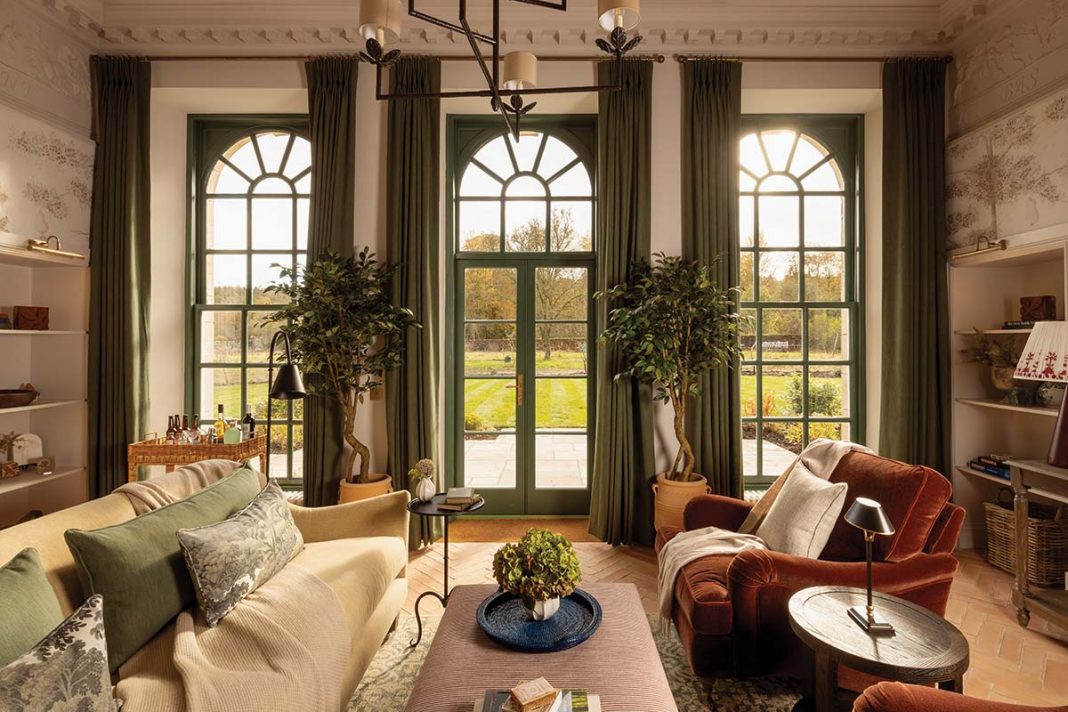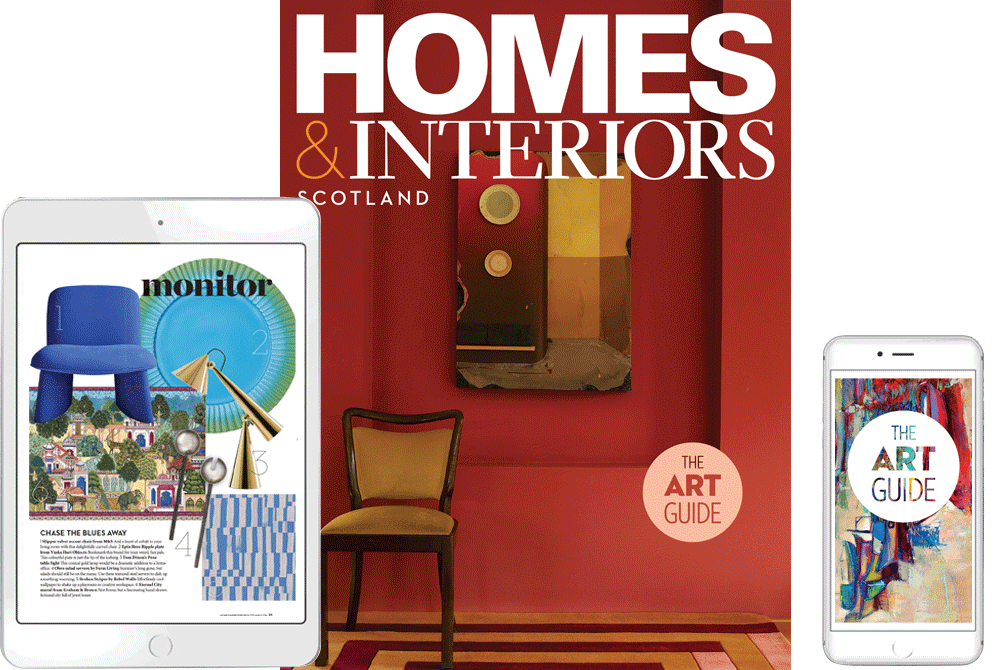Penicuik Estate sits in a peaceful pocket of Midlothian, currently undergoing an ambitious transformation – and it’s doing so in serious style
Well, this is a first. Normally in November I can be found wrapped in my duvet wearing a fetching fleece hoodie with the electric blanket on. But not today. I am outside in my swimsuit enjoying a good soak in a cinnamon-coloured cedar hot-tub, inhaling lungfuls of clean, crisp air near a former porters’ lodge on Penicuik Estate. To my right stands an outdoor woodburner. Straight ahead, visible through wisps of steam, is a cluster of conifers, golden-green in the low sun. It’s the stuff of Nordic fantasy, save for one detail: I’m in Midlothian.
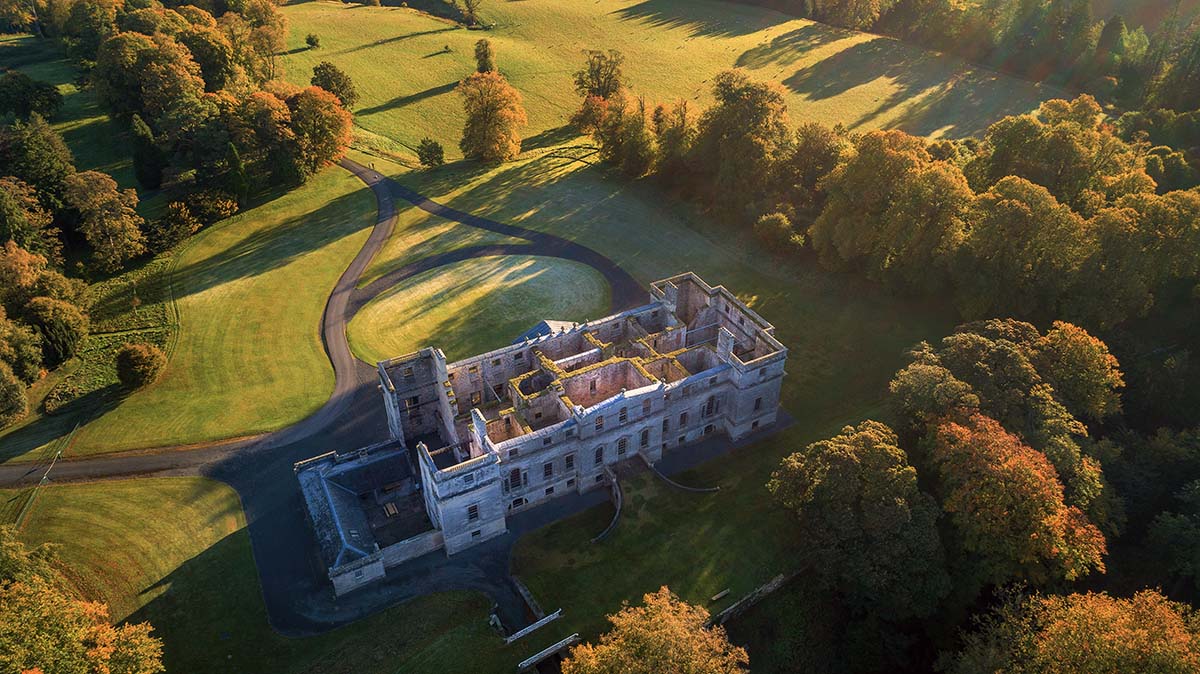
Actually, I’m on the outskirts of the town in a former porters’ lodge on Penicuik Estate. History, art and even horticulture enthusiasts may be familiar with it. John Clerk, the merchant who bought the estate in 1654, is thought to have imported the first Rembrandt to Scotland. His grandson, another John, was a key figure of the Scottish Enlightenment who introduced Palladian architecture to Scotland (alongside Robert Adam) and established one of the country’s first – and finest – designed landscapes at Penicuik Estate. Twelve generations on, Ed Clerk is carrying his ancestors’ enterprising spirit forward as he reimagines the future of his 3,100-hectare family home.
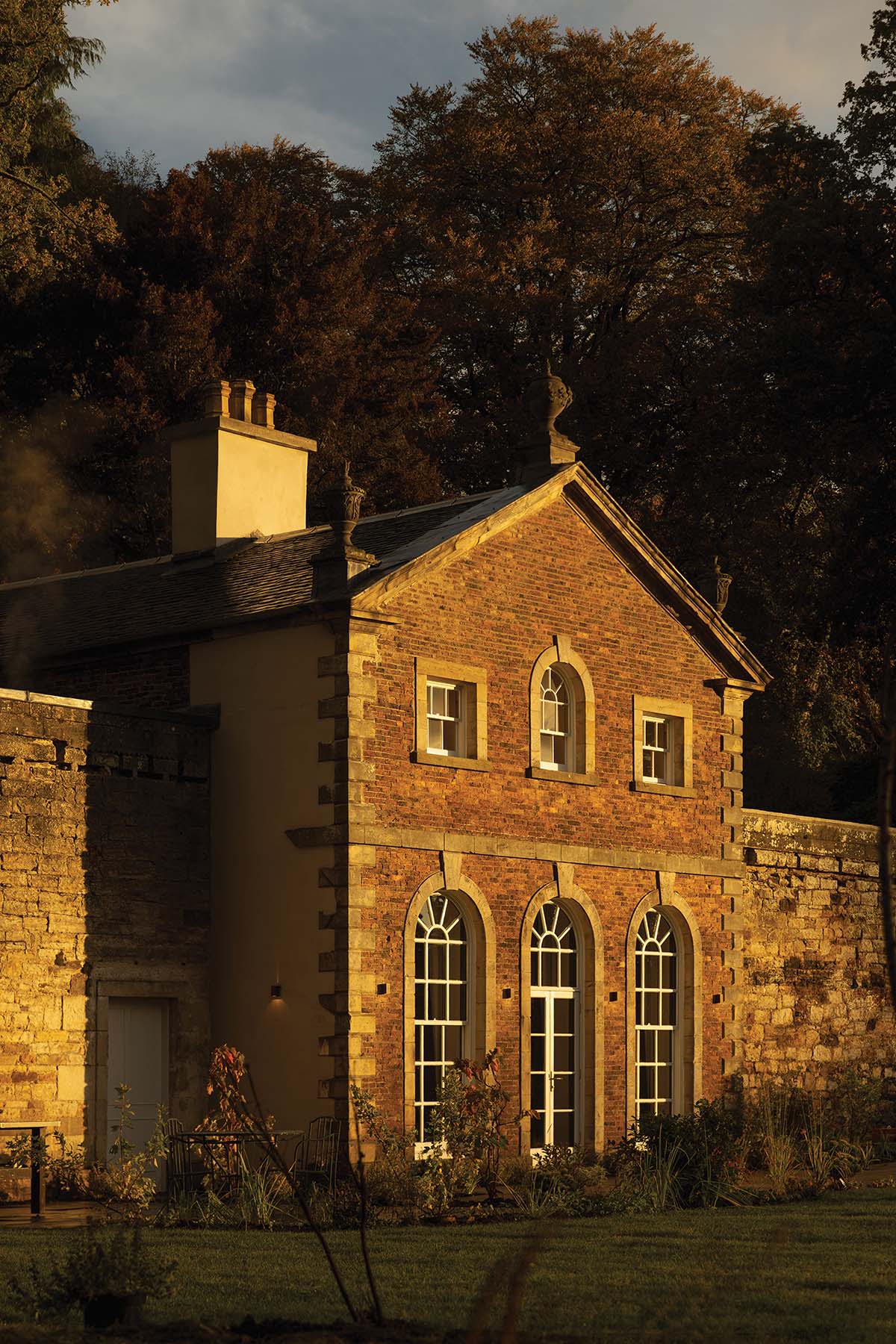
“I want this to be a regenerative estate; a place that connects people to nature, supports the local community and does its bit for climate change and biodiversity,” says Ed, who left a career in property fund management five years ago to focus on this ambition.
Carbon sequestration, regenerative farming, peatland restoration and woodland creation are all part of the plan, alongside a foray into hospitality – hence my visit.
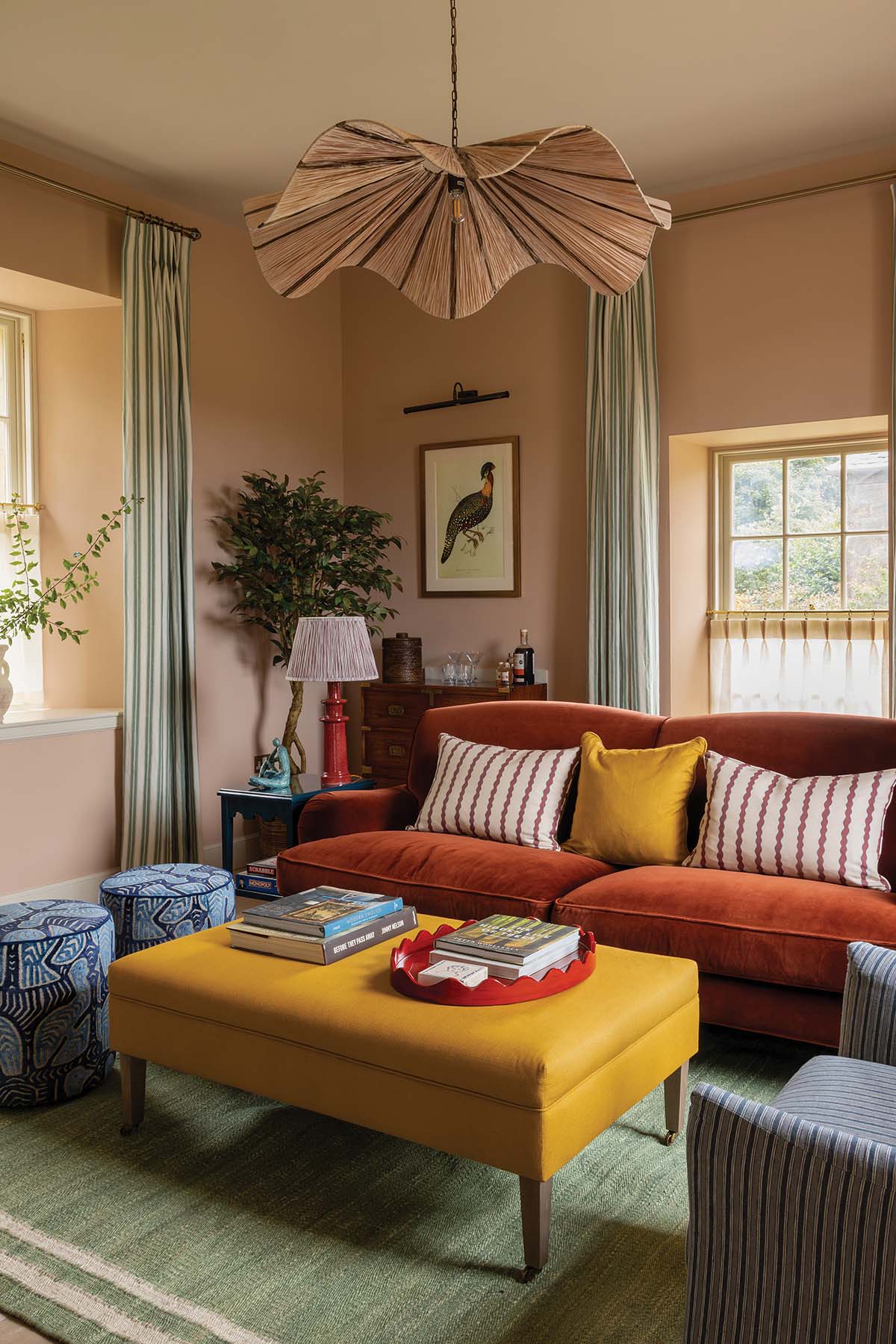
“We’re now sharing with guests from near and far what the family has experienced over the years,” says Ed. He grew up in Penicuik House, a Palladian stable block that was converted into a grand mansion in 1899 and is currently under construction for its next reincarnation as a 16-bedroom, exclusive-use venue.
The remarkable building is arranged around an Italianate courtyard and has striking architectural details including a domed dovecot modelled on a Roman temple. The furniture designer Charles Orchard will take charge of the interiors, foregrounding the Clerks’ collection of art and antiques, and the work is expected to be completed later this year.
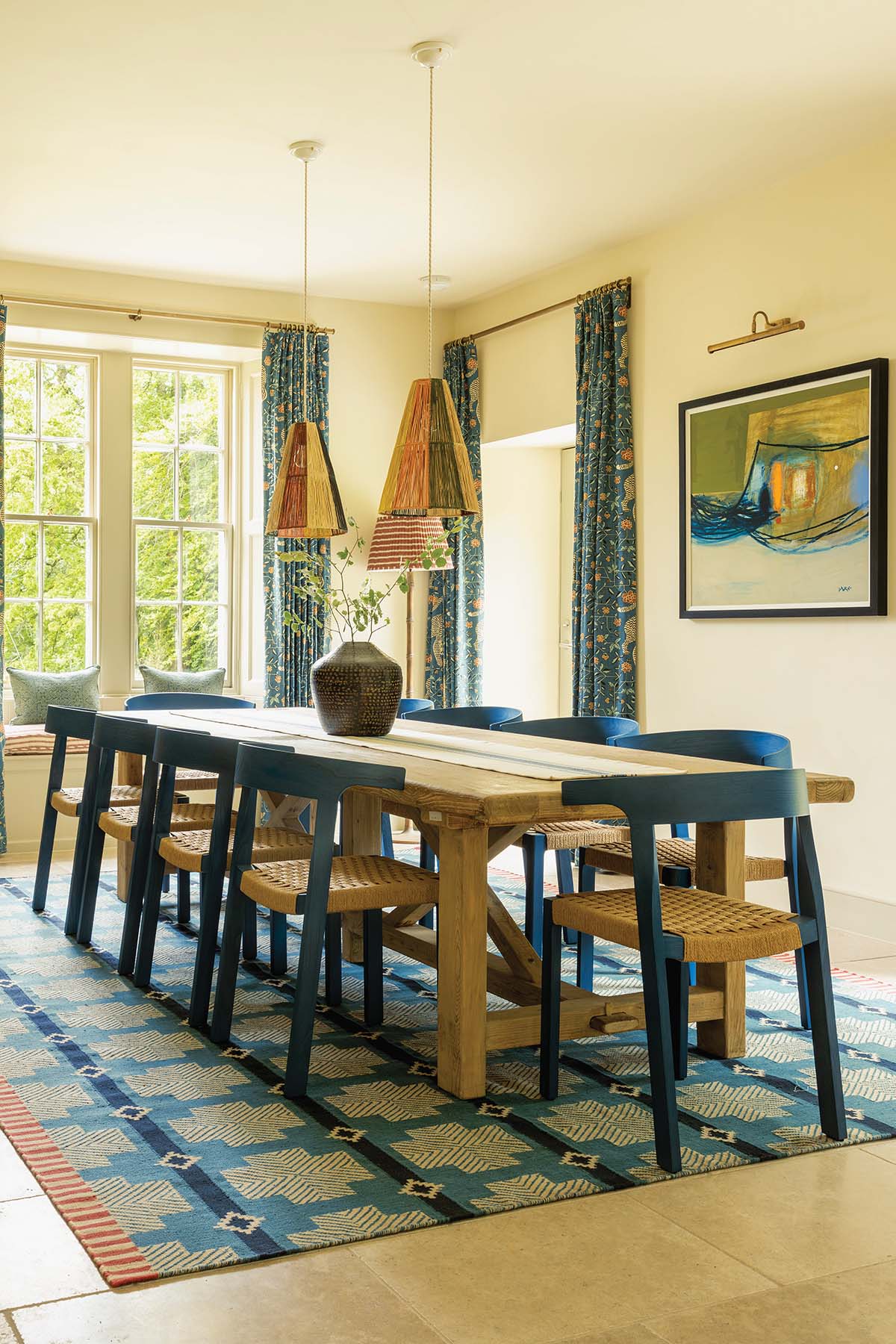
Those who want to stay now can book into one of the five cottages and houses dotted around the estate that have been renovated by homegrown talent Emily Smoor, founder of the interior design studio Fantoush.
Initially, Ed was keen on a Scandinavian aesthetic, but through collaborating with Emily has landed on something far more distinctive. “It’s really what Fantoush is known for – an eclectic look combining bold colours and contemporary shapes but with traditional influences and interesting fabrics,” says the interior designer.

I have rarely seen self-catering accommodation in Scotland styled with such verve and finesse. The 17th-century stone façade of my one-bedroom cottage, Westlin, is a foil to a happy interior saturated in primary hues. A confident mix of curved, modern furniture and gutsy prints combine with classical features such as tongue-and-groove panelling and Victorian tiles.
Across the driveway is Eastlin, with the same proportions and its own variation on the theme. “The idea was for these lodges to be like jewel boxes,” says Emily. “They aren’t decorative from the outside but then you open them up to this unexpected burst of colour.”
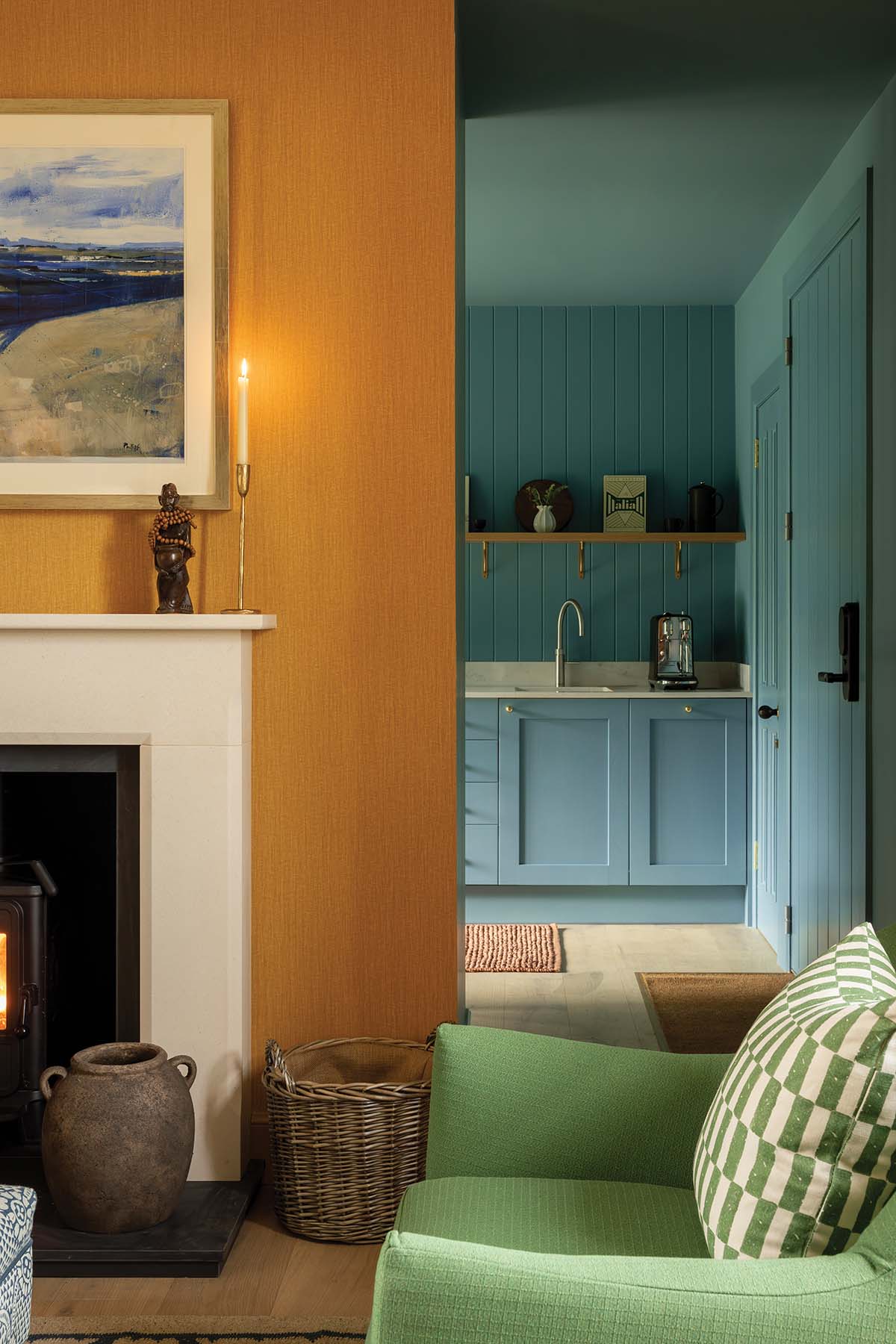
The other three properties draw from the same source material but have their own character. All are high-spec, kitted out with underfloor heating, Miele appliances, Big Green Egg barbecues and, yes, biomass-run cedar hot-tubs. Eskfield, a Palladian spa house, also has a cold plunge tub and a sauna.
That’s not all. Planning consent has been granted to build glass-fronted cabins inspired by those at Norway’s Juvet Landskapshotell, which appeared in Succession. They will offer, says Ed, “the ultimate immersion in nature”. So, too, will a range of experiences on the horizon including foraging, fire cooking and e-bike hire. “It’s very much wellness-focused,” says Ed. “Yoga, breathwork, wild swimming. The estate has 20 kilometres of trails and if you go up into the Pentland hills there’s more to explore.”
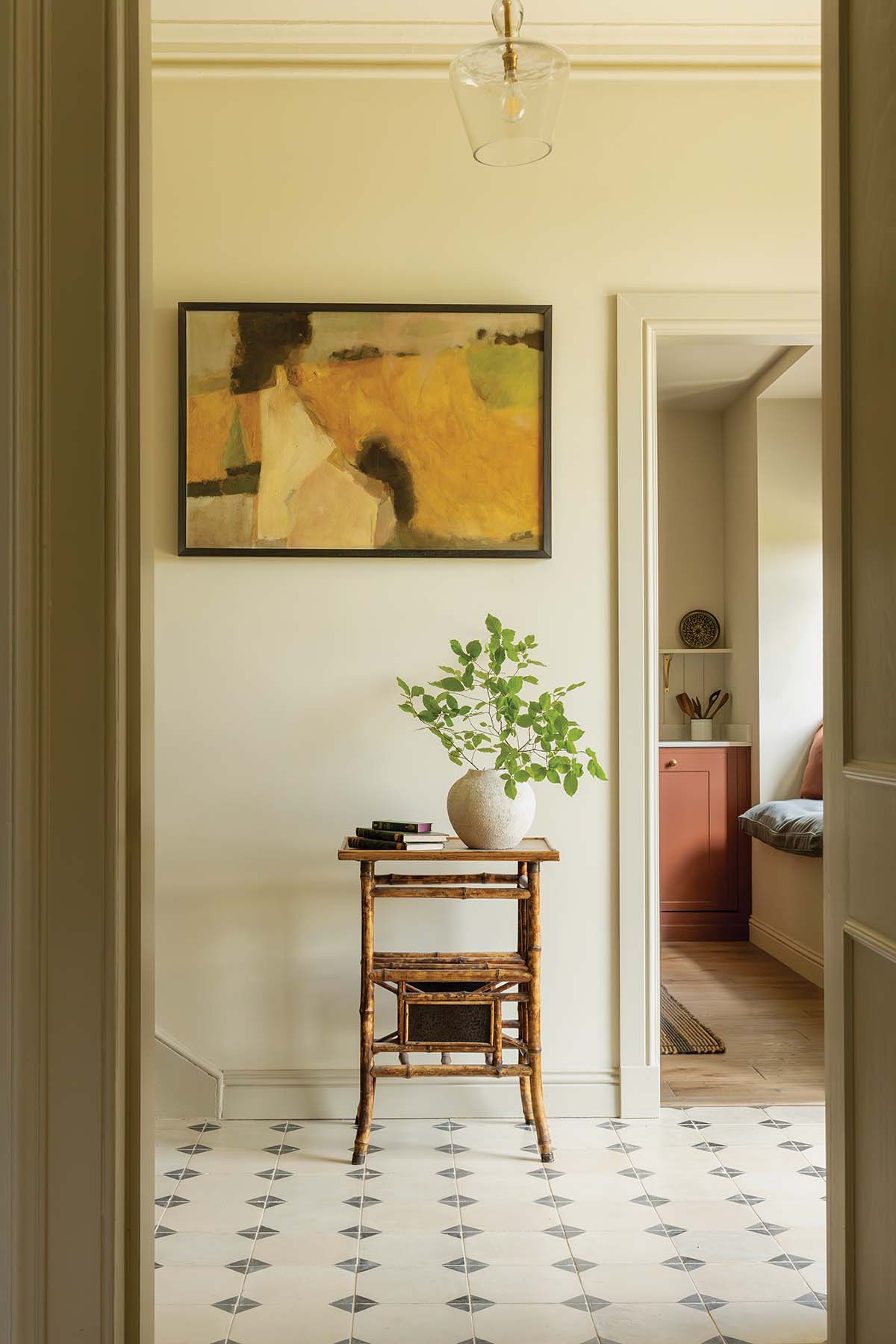
Still, I appreciate “do nothing” appearing on the handbook’s list of suggestions. Permission to be still is a gift. I get back in the tub, pick up my book and read until dusk falls on the pages.
Visit the Penicuik Estate website | Follow Penicuik Estate on Instagram | Follow Penicuik Estate on Facebook
Yoko Kloeden designs a home with a harmonious connection to nature


